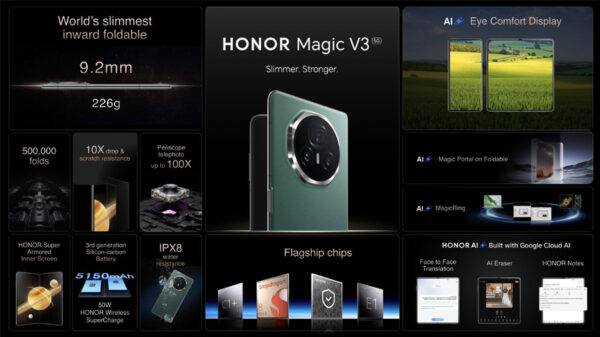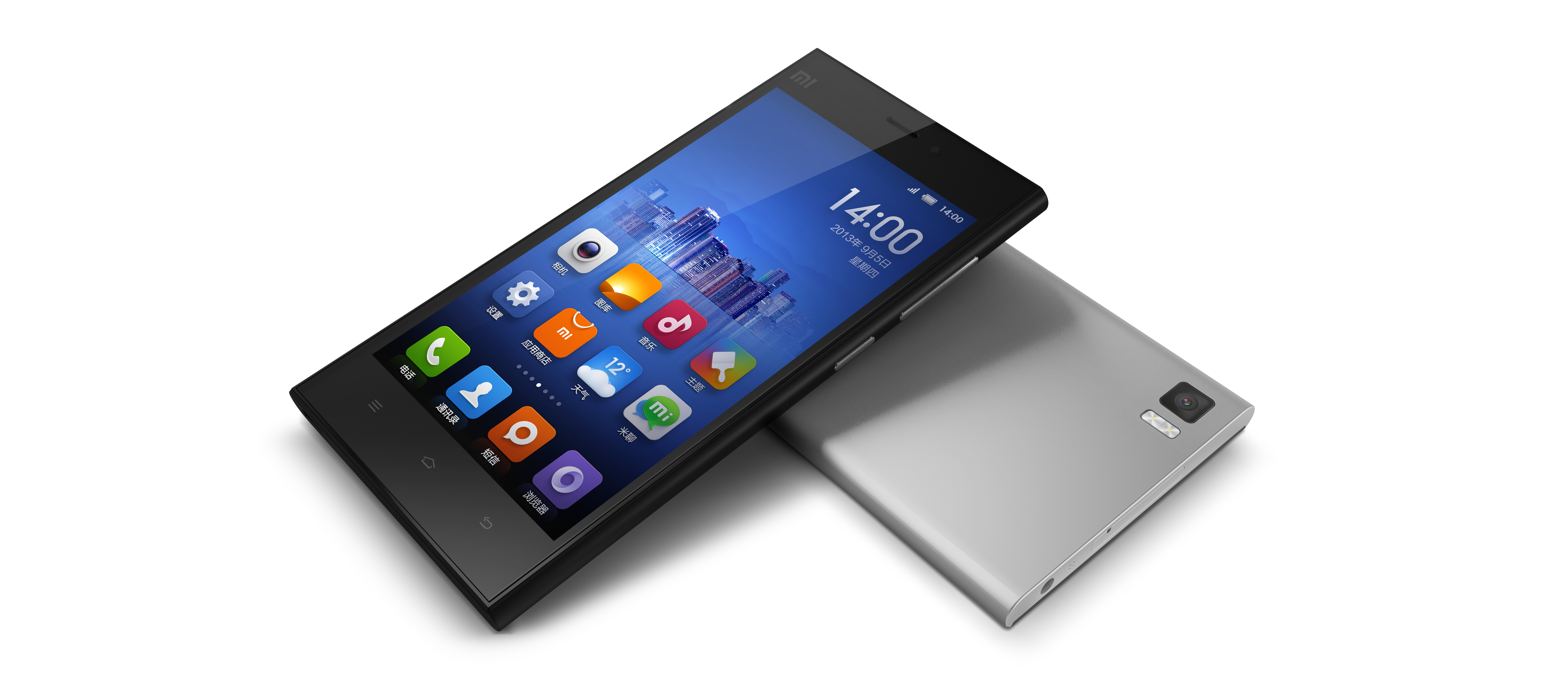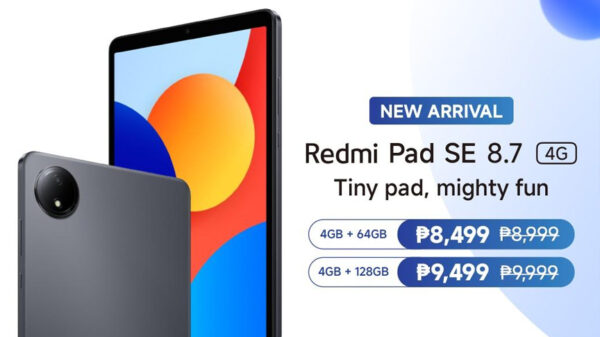In little over a year, Xiaomi has risen from being a niche player to become the leading smart phone vendor in China, the world’s largest market, overtaking Samsung in volume terms in Q2.
In Q2 2014, mainland China accounted for 37% of global shipments – some 108.5 million units. Of the top five vendors in China this quarter, all but one were local companies. And perhaps more impressively, that home-grown success continues in the top 10, where eight vendors were Chinese.
Xiaomi took a 14% share in China, on the back of 240% year-on-year growth. With Lenovo, Yulong, Huawei, BBK, ZTE, OPPO and K-Touch, the eight Chinese vendors in the top 10 together accounted for a total of 70.7 million units and a 65% market share. Samsung and Apple, the only international vendors in the top 10, together accounted for shipments of 20.0 million units, representing 18% of the overall smart phone market in China.
“This is a phenomenal achievement for Xiaomi,” said Shanghai-based Canalys Research Analyst Jingwen Wang. Undoubtedly this was helped by an anticipated, temporarily under-strength Samsung performance during the quarter.
But that is only half the story – Xiaomi has also executed on its strategy to grow volume shipments. It has delivered compelling products at aggressive price points, focused chiefly on its locally relevant MIUI software features and services, backed by effectively targeted marketing.
In particular, its affordable RedMi range is booming and has been the driver for growth, despite attracting less global media attention than its flagship Mi products. But it does now need to deliver LTE products in China to address growing demand for 4G services if it is to retain its momentum.’
Ninety-seven percent of Xiaomi’s Q2 shipments were into mainland China. It is now looking to expand into other markets, with Indonesia, Mexico, Russia, Thailand and Turkey in its sights for the second half of the year.
A disruptive force beyond China
“Its aggressive pricing model will certainly resonate beyond China, but the challenge it faces in scaling its model for success on a global stage should not be underestimated,” said Singapore-based Analyst Jessica Kwee. “Xiaomi needs to build its international brand, and will need to localize its services offering with MIUI for the different markets into which it expands, else its differentiation, value proposition and service-oriented revenue streams will be eroded. And it must tailor its marketing and largely online sales channels accordingly. That said, Xiaomi does have the potential to be a disruptive force beyond China and international vendors should take note.”
Samsung’s slide to second place in China for the first time since Q4 2011 and 15% year-on-year decline, reflects rapidly shifting demand toward 4G handsets, helped by an ongoing push from China Mobile behind its 4G services.
Samsung’s efforts to realign its channel inventory to meet changing demand during the quarter led to a reduction in its overall shipment numbers that is not expected to affect Q3 2014 to a similar extent, though with the market in China becoming even more competitive, it will not be straightforward to reestablish leadership.
Meanwhile, Apple had a relatively strong year-on-year performance, up 58%, helped by the iPhone’s position as one of few high-end device options available to consumers looking to use 4G services from China Mobile.
Worldwide, 292.4 million smart phones shipped in Q2 2014, representing 23% year-on-year growth and 5% growth on the first quarter.
Despite challenges in China, Samsung retained its global lead with a 26% share, though it was its lowest global share in two and a half years – down from 32% in Q2 2013 and 31% in Q1 2014. It nonetheless remained ahead of Apple (12%), Huawei (7%) and Lenovo (5%). Xiaomi’s strong domestic performance brought it in to complete the global top five with a 5% share.
Notably, a solid performance from Motorola, helped particularly by the success of the Moto G, saw it achieve a tenth place global ranking with a 3% share. Though Lenovo’s acquisition of Motorola Mobility from Google is not yet complete, it is expected soon, and combining the two vendors’ shipments gives an insight into the market position they could hold together in the coming quarters.
Between them, Lenovo and Motorola shipped 24.1 million smart phones in Q2 2014, equating to a comfortable third-place position in the global market and an 8% share. And while mainland China absorbed 84% of Lenovo’s worldwide shipments in Q2 2014, combined with Motorola, that figure drops to 54%, with Brazil, the US, India and Mexico all seeing significant shipment numbers.











































































































